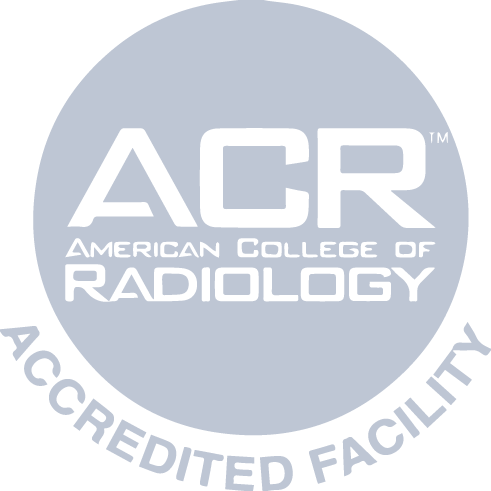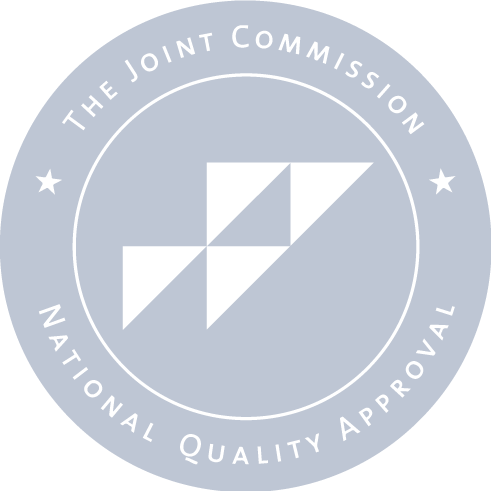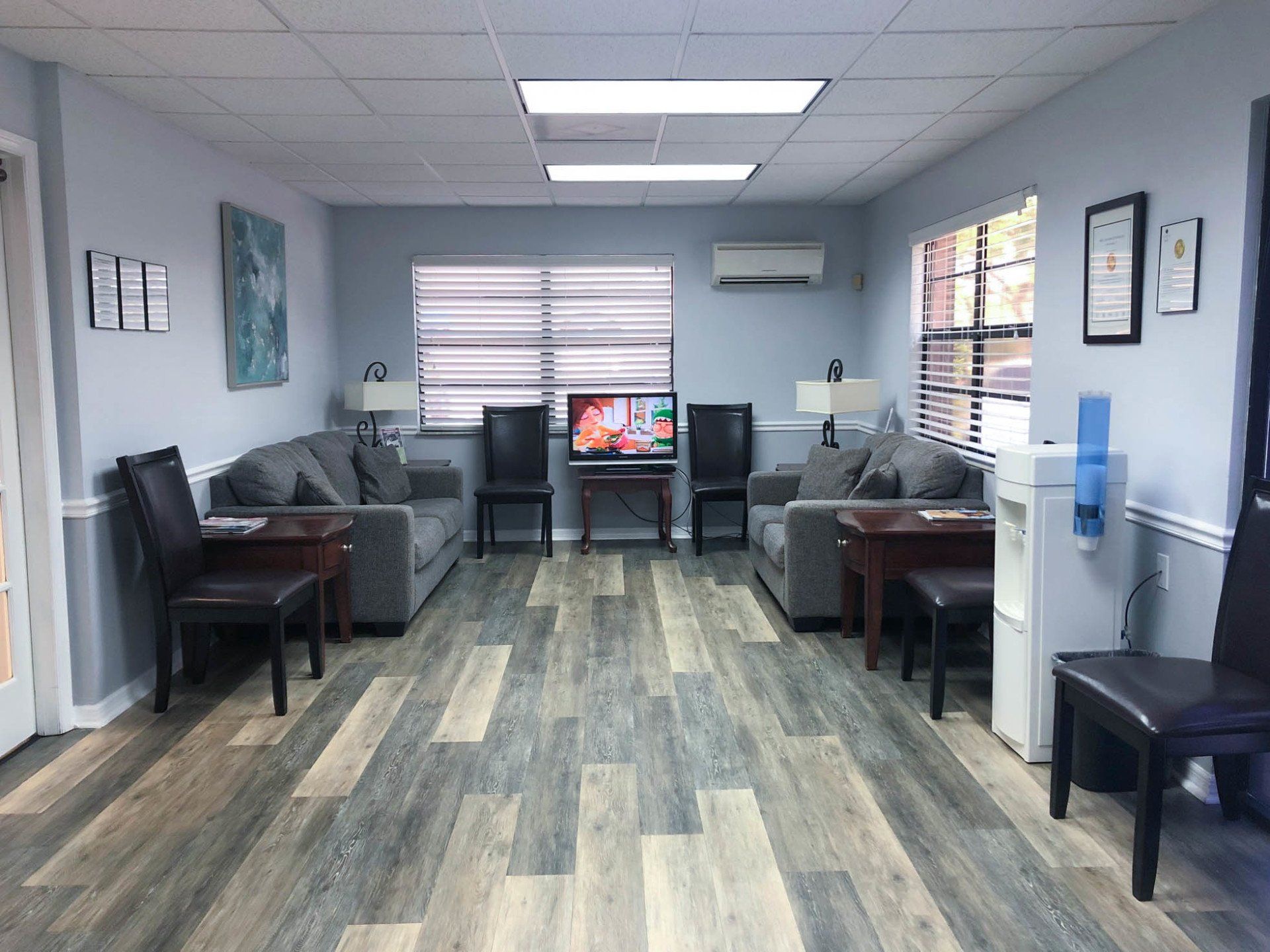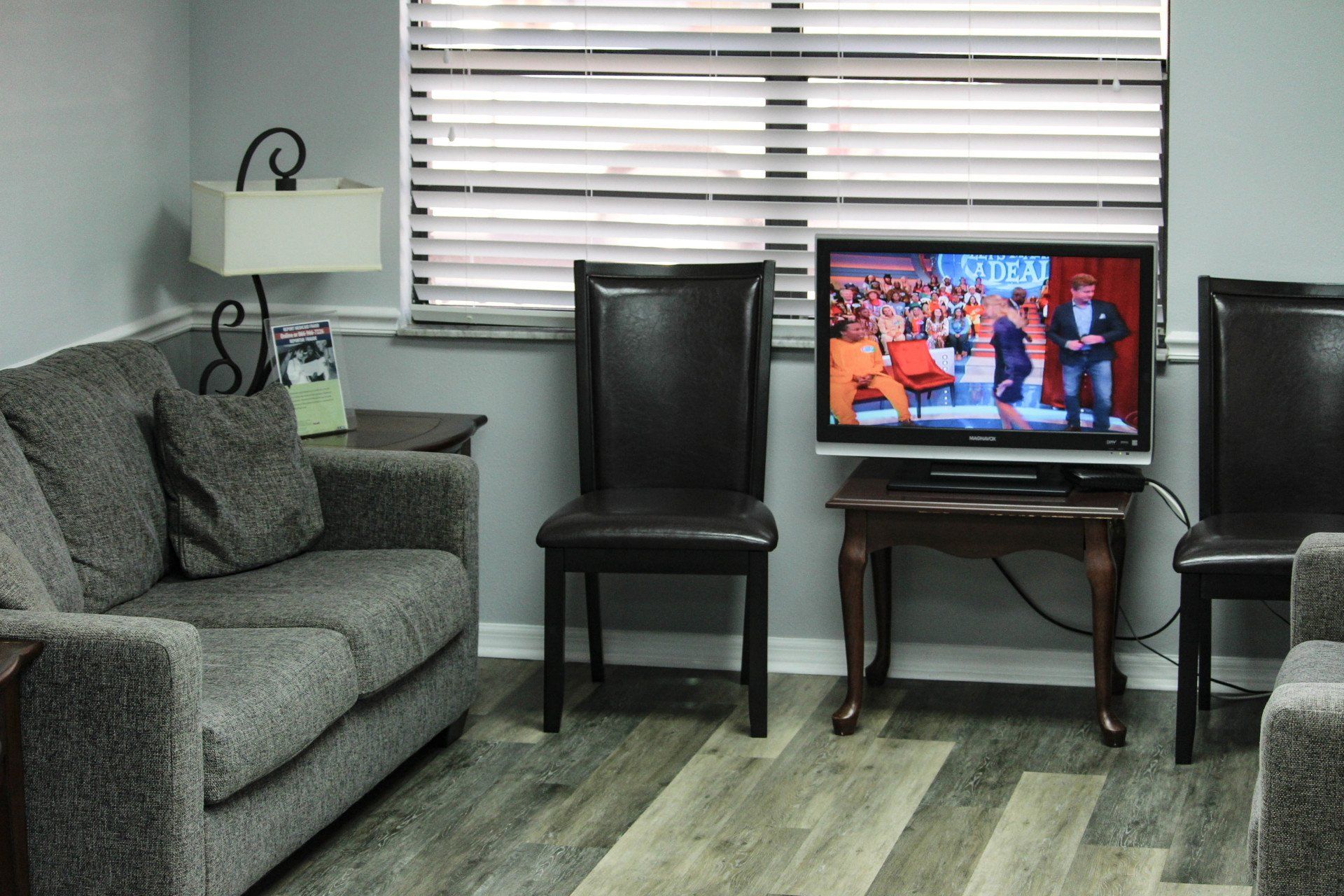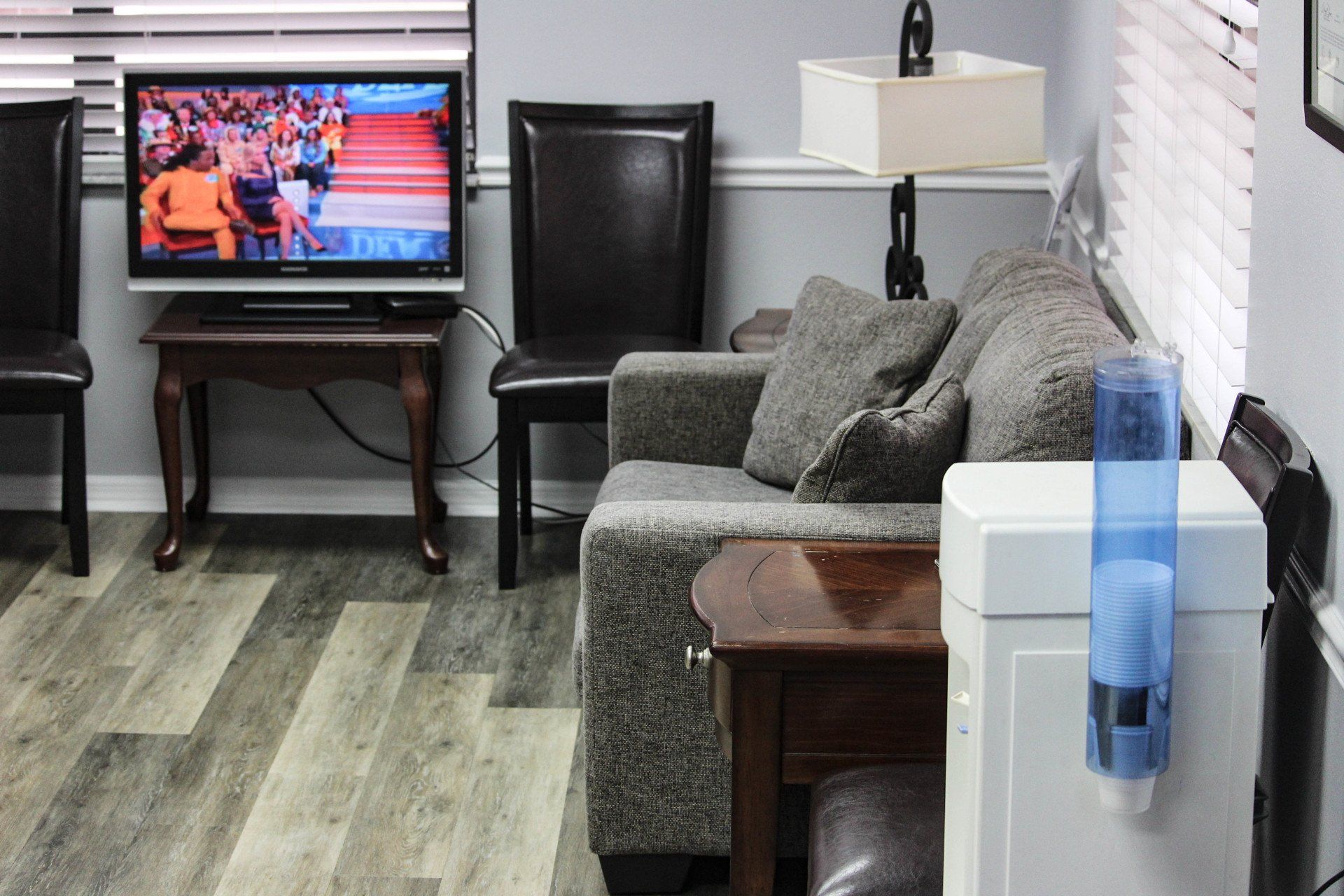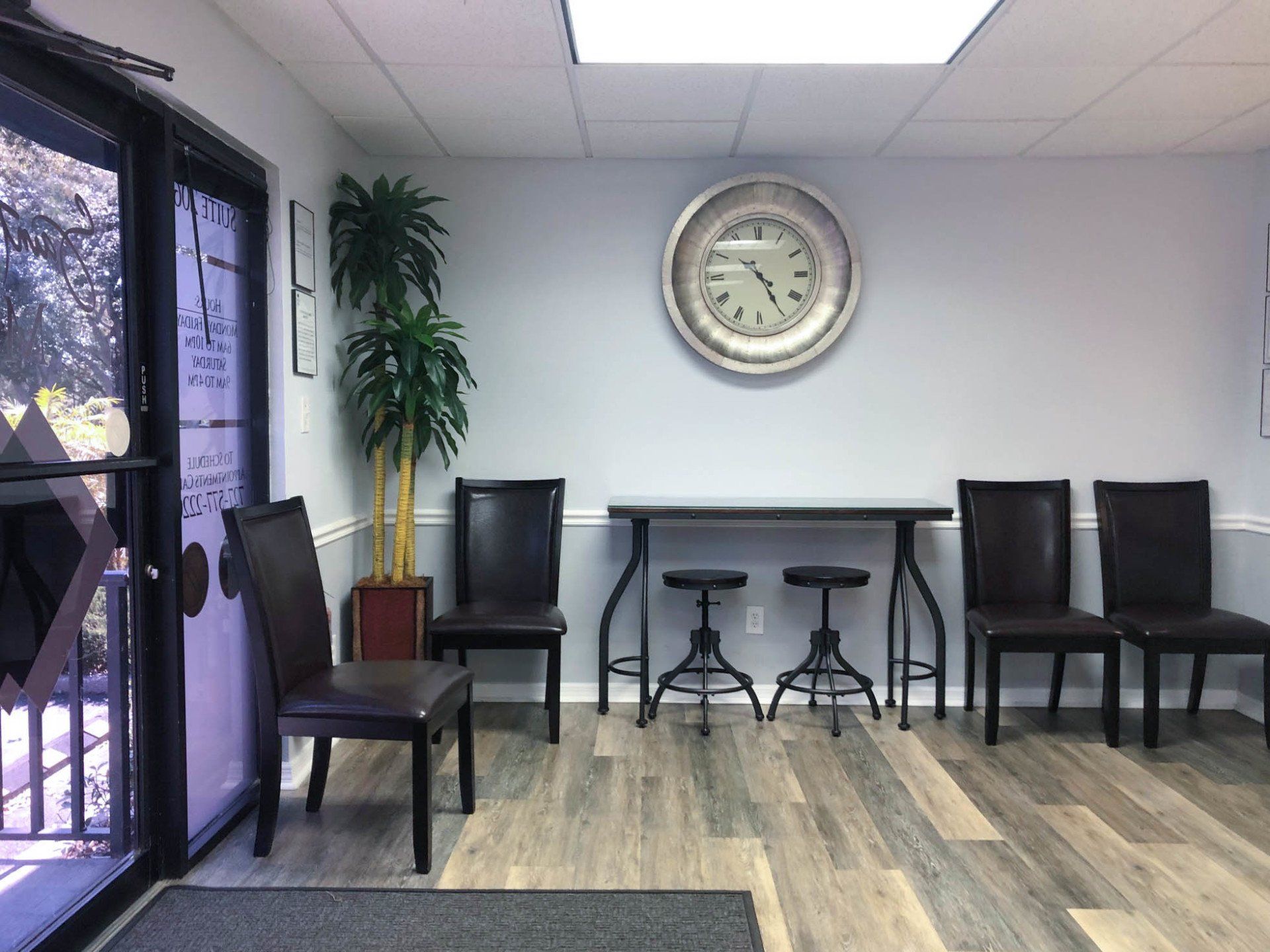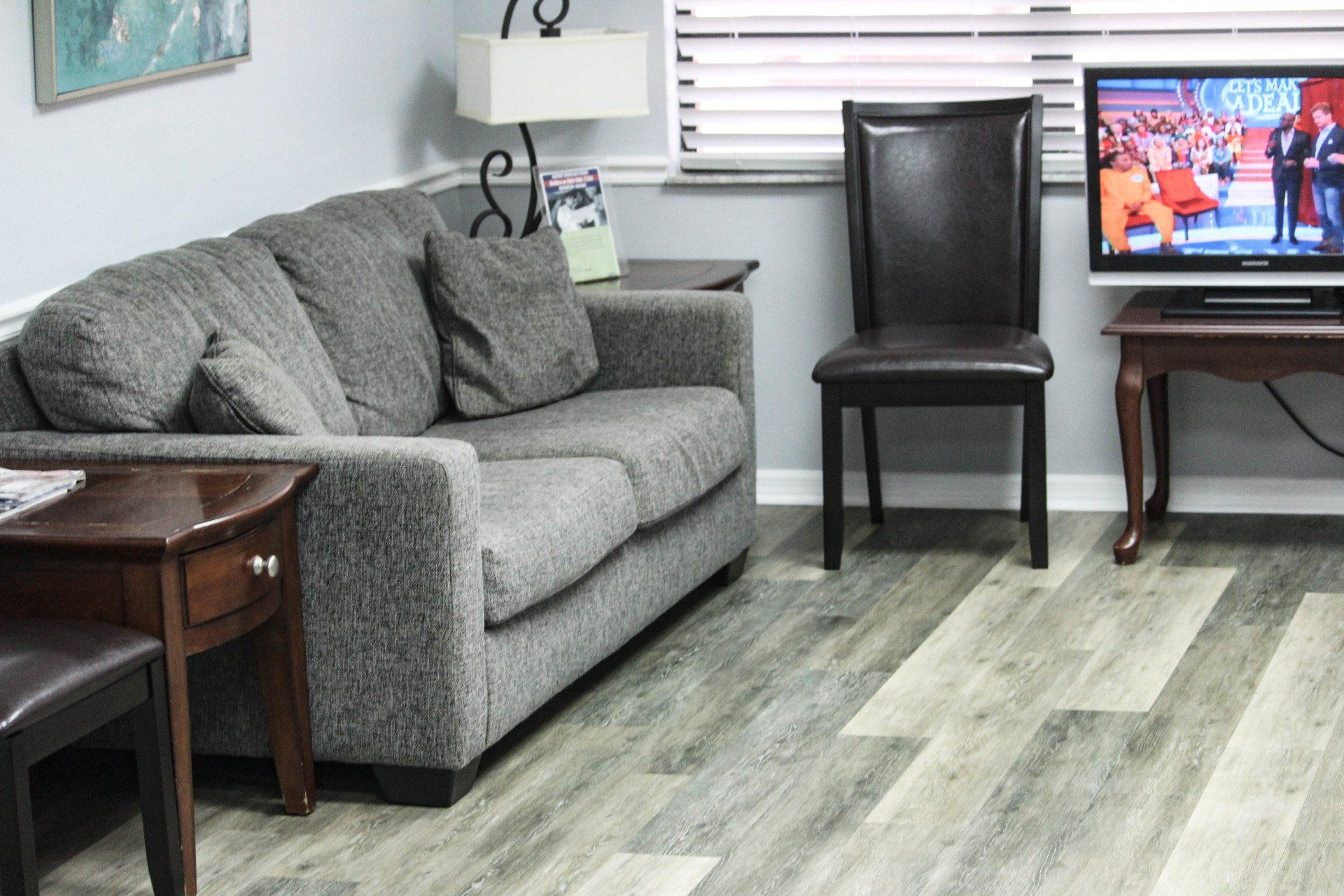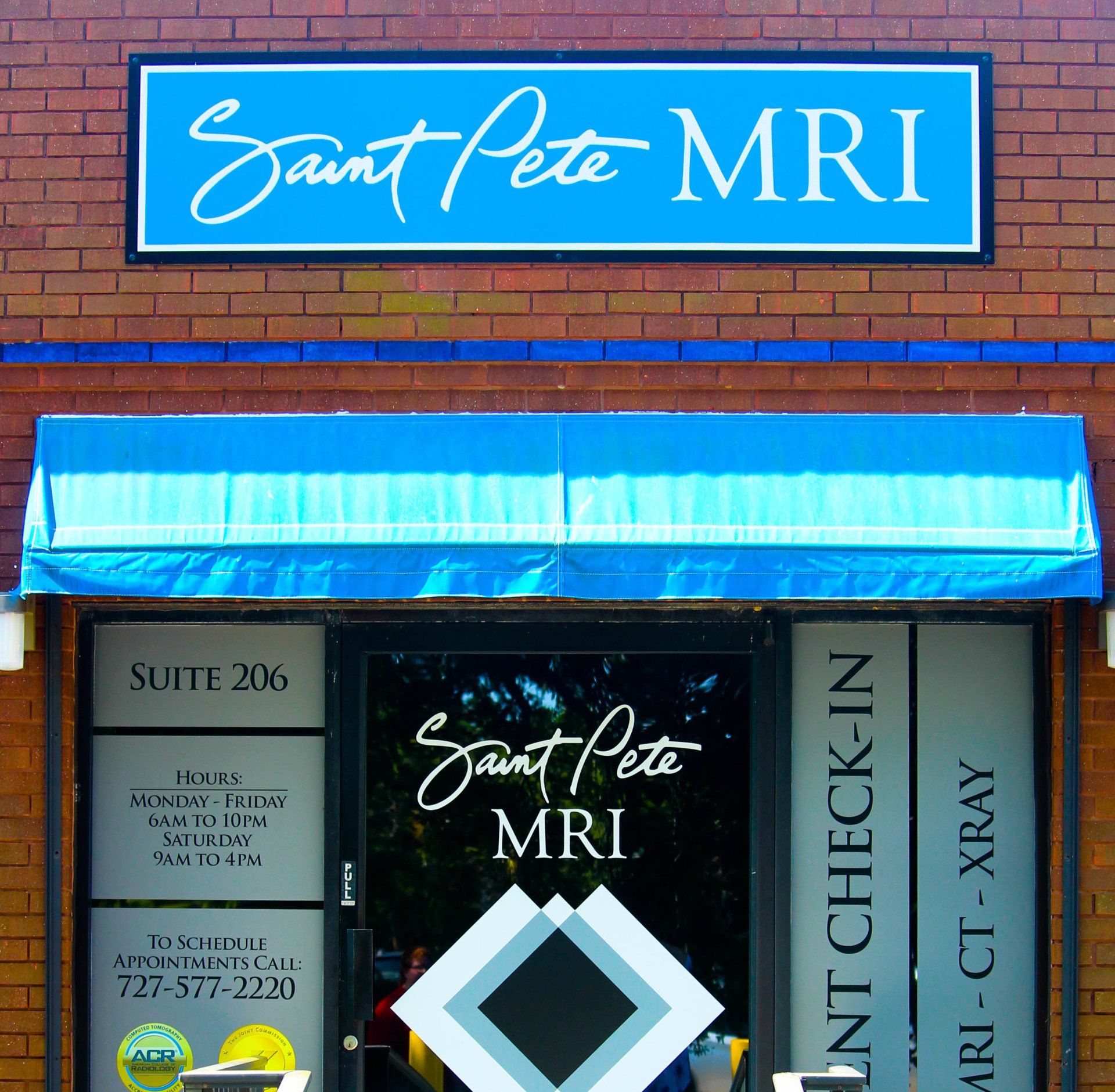High-Field MRI
High-Field MRI in St. Pete, Florida
Saint Pete MRI provides high-field MRI testing for patients in the St. Petersburg area. High-field MRI is the gold standard when it comes to magnetic resonance imaging because it produces excellent images and can be used on areas of the body that a low-field or open MRI cannot adequately scan. A high-field MRI is sometimes called a closed MRI.
Learn more about High-Field MRI
Why your doctor might order a high-field MRI
A high-field MRI allows your doctor to see various structures of the body, including the brain, the eye, the ligaments and tendons, and abdominal organs like the spleen and the liver. Sometimes, an MRI is done on its own and other times, it is performed in conjunction with additional imaging techniques, such as x-rays, CT scans, or ultrasounds.
High-field MRI creates high-resolution images that show a lot of detail. This can be helpful when your doctor wants to confirm or rule out conditions of the brain, heart, blood vessels, eye, and other organs. Some conditions that your doctor might be able to diagnose after your high-field MRI include:
- Aneurysm
- Stroke
- Brain injury
- Problems with the eye
- Tumors
- Problems with the ovaries (women) or prostate (men)
- Conditions affecting the kidneys, liver, pancreas, spleen, and other internal organs
- Arthritis
- Herniated discs
- Infections
These are just examples of the reasons that a physician might send you to Saint Pete MRI for a high-field MRI. He or she will be able to explain exactly why your imaging tests are necessary.
How a high-field MRI differs from an open MRI
Patients often ask whether they should have a high-field or open MRI. There are some differences between the two types of tests that you should be aware of. Your doctor will help you decide which type is right for you.
A high-field MRI is sometimes called a closed MRI. It is shaped like a tube, and the patient goes into the tube while the magnetic field and radio waves focus on the part of the body that is being scanned. With an open MRI, the machine consists of a table underneath the patient and a component suspended overhead. A high-field MRI machine works more quickly than a low-field machine, so the time spent being scanned is often less with a high-field MRI. It also creates higher resolution images than a low-field MRI machine is capable of.
An open MRI is a low-field machine. This means that the magnetic field is not as strong as those used for a high-field MRI. Open MRI machines are appropriate for some patients with claustrophobia when they need a scan of their joints or if a patient needs to be in a position that is not feasible in a high-field MRI machine. For many applications, however, an open MRI does not have a strong enough magnetic field to create the high-resolution detailed images required. For example, when scanning the brain or the abdominal organs, a high-field MRI is often necessary.
Talk to your prescribing physician about which type of test is right for you and for your specific health condition.
How a high-field MRI works
Magnetic resonance imaging creates pictures of your organs and other soft tissues of the body with a magnetic field and radio waves. These waves send information about the atoms in the body to a specialized computer, which creates the images that a radiologist will evaluate to create a report for your doctor. Because the images are cross-sectional and provide a view of the many layers of your tissue, your doctor will be able to see whether there is a tumor, infection, or other issue, as well as how much tissue the condition is affecting.
High-field MRI uses strong magnets for a higher resolution and better quality than a lower-field MRI can produce. Neither the magnetic field nor the radio waves cause any changes in the body; there is no radiation, and the patient does not feel the waves at all.
Patient experience during a high-field MRI in St. Pete
Most patients do not have to prepare for their MRI. Your doctor will tell you if you should avoid eating or if you need to stop taking your regular medications. Please follow your doctor’s instructions carefully. It is helpful for you to wear loose, comfortable clothing that contains no metal (double check for belt buckles, underwire bras, and metal snaps on clothing). In addition, please consider leaving any jewelry at home, since it will have to be removed for the test.
When you arrive at Saint Pete MRI, you will meet with a technologist to talk about your medical history. You should let us know if you are pregnant, if you have diabetes or kidney problems, and if you have any metal in your body. Metal in your body would include an artificial joint, a history of bullet wounds or metal shards, or an implanted medication pump.
You might be asked to remove your clothing and put on scrubs, depending on what you are wearing. It is important that no metal is worn in the vicinity of the MRI machine.
If your doctor has prescribed an MRI with contrast dye, an IV line will be started and the dye will be placed in the IV. Many patients do not feel this other than the initial prick of the IV. Some patients report tasting metal or feeling warm or cold sensations. Be assured that this is normal and common. If you feel itchy or have other unpleasant sensations, be sure to let your technologist know. He or she will explain what you can expect to feel during this part of the procedure.
For the MRI test itself, you will lie on a table, where the technologist will position you for the test. If you are cold, you will get a blanket. The table will slide into the MRI machine, which is where the test will take place. During the test, you will hear banging and tapping sounds. This is normal. You should stay still for the test. You will be able to communicate with the technologist, who will stay nearby, and he or she will let you know if you need to move or if there are any other instructions.
Once the test is complete, you will be able to get dressed. As long as you have not taken any sedative medication, you will be able to drive yourself home or to work and resume your normal activities immediately. If you did take a sedative, you will need someone else to drive you home.
Saint Pete MRI serves self-pay patients as well as insured patients
Saint Pete MRI, we understand that medical costs are an issue that cause concern for many of our patients. We participate with a variety of health insurance companies and can let you know what your out-of-pocket obligation will be. Please note that having your high-field MRI performed at Saint Pete MRI can reduce your costs, as fees are often higher at hospitals.
We are also happy to treat patients who do not have health insurance. Contact our office to discuss our fees and payment policies.
Concerns you might have about high-field MRI in St. Pete
If you have concerns about your high-field MRI, we encourage you to talk to your doctor or to call us to discuss any questions you might have. Here are a few frequently asked questions:
- Will I be exposed to radiation during my high-field MRI? No. An MRI does not use radiation to create images, and the contrast dye that we use, when needed, also does not contain any radiation. The images are created by a strong magnetic field and radio waves, neither of which cause any changes in the body.
- Why do I have to have contrast dye (or why am I not having contrast dye)? Contrast dye is used only when needed for specific types of MRI tests to enhance the images produced. Your doctor will determine whether contrast dye is needed in your case.
- Will I need a sedative? Most patients do not require a sedative for high-field MRI. Patients with certain conditions might need one, however. Please discuss this with your doctor to determine if sedation is right for you. If you do need a sedative, your doctor will prescribe it. Remember that you cannot drive under sedation, so please arrange for someone to drive you to and from your appointment.
- When will my doctor get my results? Your doctor will have the radiologist’s report within 48 hours of your exam.
If you have further questions or if you would like to schedule an appointment for high-field MRI, please contact Saint Pete MRI today.

